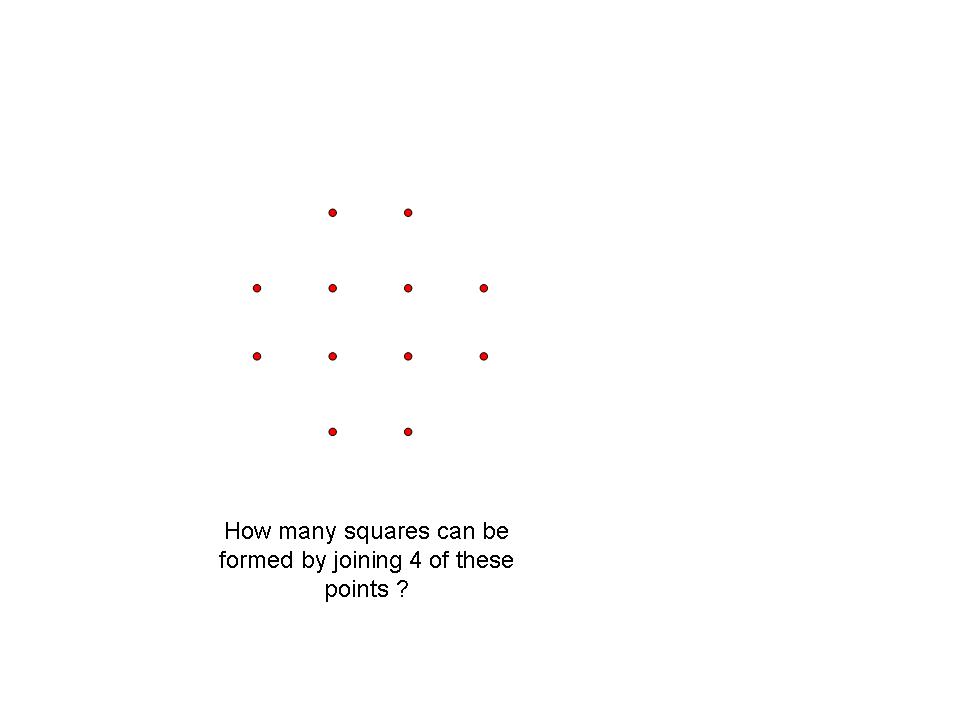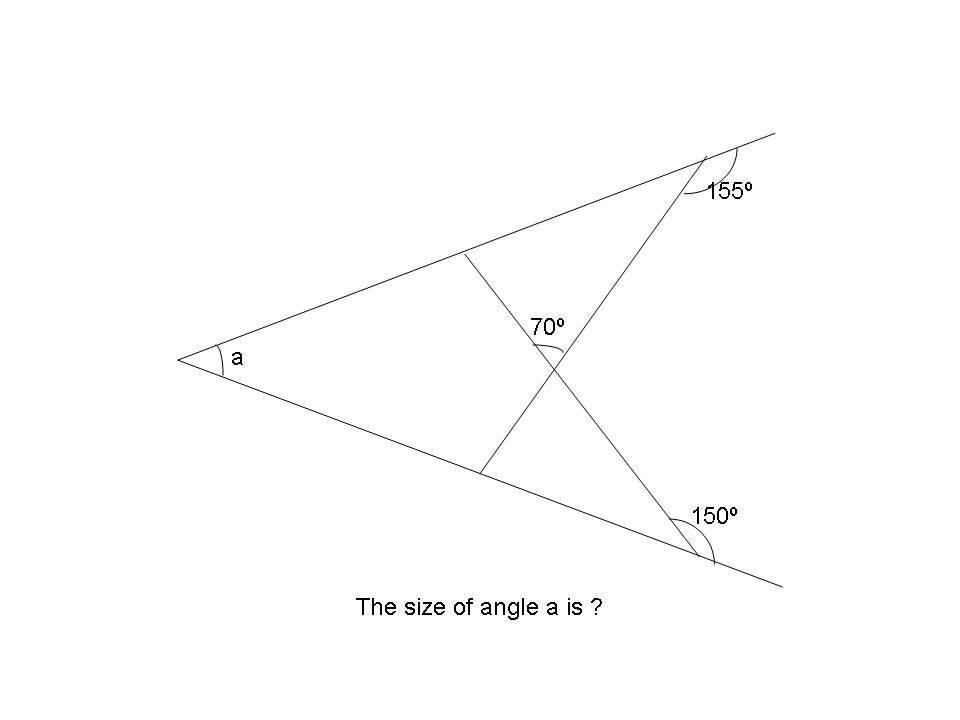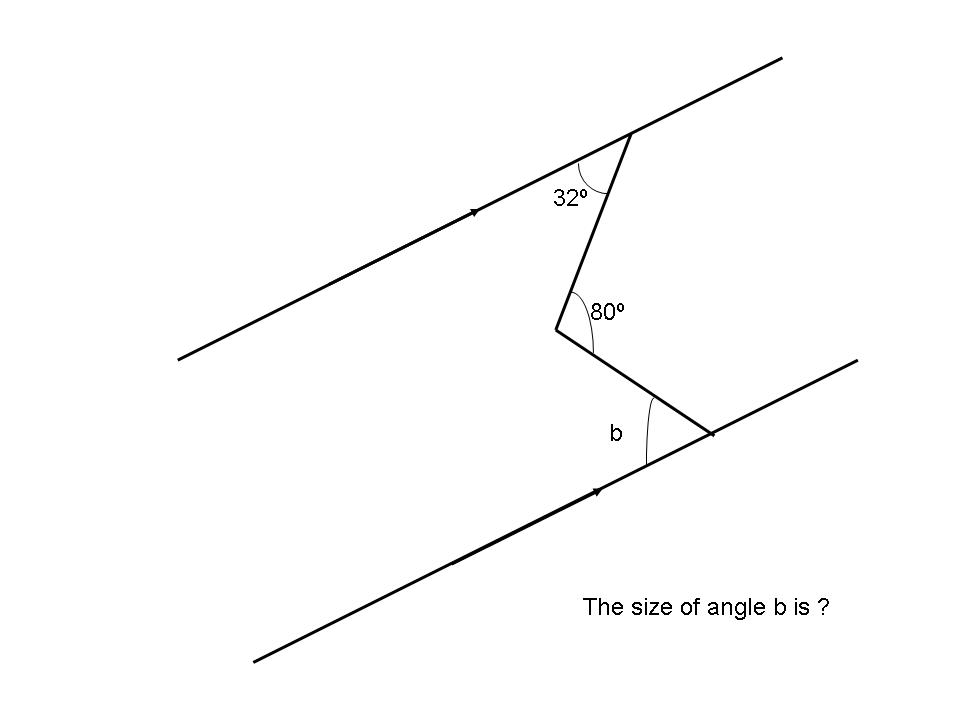A Fistful of Brain Teasers
Posted by: Don Atkinson on 13 November 2017
A Fistful of Brain Teasers
For those who are either non-British, or under the age of 65………. The UK used to have a brilliant system of currency referred to as “Pounds, Shillings and Pence”. Simplified to £ ״ s ״ d. No! Don’t ask me why the “Pence” symbol is a “d”, just learn it and remember it !
A £ comprised 20 Shillings and a Shilling comprised 12 Pence. Thus a £ comprised 240 Pence. I reckon that both Microsoft and Apple would have difficulty with these numbers in their spreadsheets, more so if we included Guineas, Crowns, Half-Crowns and Florins. However, I digress..............
The purpose of the explanation is to assist with the first two or three teasers that follow. So just to ensure a reasonable comprehension has been grasped…. ….. if each of three children has £3 − 7s − 9d, then collectively they have £10 − 3s − 3d Got the idea ? Good ! Just try 5 children, two each with £4 − 15s − 8d and three each with £3 − 3s − 4d. How much do they have between them ? (this isn’t the first brain teaser, just the basic introduction with some “homework”, the Teasers follow)
Nicely done Dozey.
I like your answer to (b) - I had simply written down 31
And also (d) which is correct ie 1/2 sidereal day. Most people quote 12 hrs
btw, the satellites are not spaced equally in their orbits but i'm not sure if the 6 planes are equally spaced around the equator.
Each satellite contains a number of atomic clocks. The Master Control station in Colorado Springs also has atomic clocks.
a) In very broad terms, how do these clocks work.
b) The satellite based clocks run either faster or slower than the earth based clocks. Which way is it and by how much.
c) Which theory or theories predict what happens in (b).
d) What is done to ensure that both Earth-based and satellite-based clocks overcome the timing problems in (b).
a. The time-reference of an atomic clock consists of an electronic oscillator operating at microwave frequency. The oscillator is arranged so that its frequency-determining components include an element that can be controlled by a feedback signal. The feedback signal keeps the oscillator tuned in resonance with the frequency of the electronic transition of caesium or rubidium, which frequency is the SI definition of the second.
b. The satellite clocks run slower than the one on earth by the amount -
- see the wiki entry on Time Dilation for the meaning of the constants.
c. Special and General Relativity.
I will leave d as an exercise for the reader!
I have always been intrigued by George Daniel's Time Traveller pocket watch which shows you the sidereal time as well as the normal time.
My bad - the clocks run faster on the satellites - presumably gravity wins over speed.
Dozey posted:My bad - the clocks run faster on the satellites - presumably gravity wins over speed.
I wondered how soon you would spot that.
Gravity wins hands down, so to speak.
Relativity indicates a slowing down of the satellite clocks by c. 7,000 nano secs per day, whilst Gravitational effects indicate a speeding up of c. 45,000 nano secs per day. The overall effect is a speeding up of the satellite clocks by 45,000 - 7,000 ie c. 38,000 nano secs per day.
I noticed you left part (d) for others to tackle. Let's help out by breaking things down a bit.
a) How many oscillations (or transitions) in the (Earth-based) Cesium atom are counted off before 1 second is ticked off ?
b) How many oscillations (or transitions) in the (satellite-based) Cesium atom need to be counted off before 1 second is ticked off, if that 1 second is to be ticked off at precisely the same moment as the earth-based second ?
BTW, the answer to (a) above is (and has been for some time) the definition of 1 second
........ you can send your out-of-date rubbish Rolex watches to me at Atkinson c/o naim, salisbury who will forward them to me in no time at all.....
Dozey posted:I have always been intrigued by George Daniel's Time Traveller pocket watch which shows you the sidereal time as well as the normal time.
I have been watching the GPS posts. Is it worth explaining to others that sidereal ‘day’ is the time it takes the earth to rotate 360 degrees on it’s axis. This is about 4 minutes less that a solar day because earth is orbiting the sun. In the course of a year there is exactly one more sidereal day (3.94520548*365/60*24=1).
Satellite orbits are calculated using a set of axes centred on the earth fixed relative to the stars. The GPS satellites then transmit coordinates relative to this set of axes. I won’t move beyond what Don may ask later on what time clock value they include along with their position. Finally the same axes are used to describe positions on Earth which move in a circle. Clearly time requires a correction.
All satellites are monitored by NASA who convert the measured positions into a set of parameters known as ephemeris from which the objects position can be calculated at any time before or after the ephemeris reference time using equations. The empheris is updated periodically to ensure the calculated position achieves a specified accuracy. The GPS satellites either do the calculations from ephemeris or receive a much larger dataset from which position can be calculated by interpolation.
One thing I used to do was produce tools allowing questions related to satellites, earth locations, stars and planets to be asked.
Phil
Thanks Phil. That’s great news.
Hopefully you can fill in some of the missing numbers for us.
No doubt you noted that Dozey (and myself) noted that the orbit period of the satellites is c. 11:58 rather than 12:00. In other words they match the Earth’ s rotation, passing over the same positions at the same time, twice a day.
Are you able to provide the numbers for (a) and (b) above. I know the figure for (a) because it’s easy to look up on the internet. I have estimated a figure for (b) but i’ve not been able to verify it. I get just over 4 oscillations more before the second is ticked off. But as I say, I haven’t been able to verify it !
Don Atkinson posted:Thanks Phil. That’s great news.
Hopefully you can fill in some of the missing numbers for us.
No doubt you noted that Dozey (and myself) noted that the orbit period of the satellites is c. 11:58 rather than 12:00. In other words they match the Earth’ s rotation, passing over the same positions at the same time, twice a day.
Are you able to provide the numbers for (a) and (b) above. I know the figure for (a) because it’s easy to look up on the internet. I have estimated a figure for (b) but i’ve not been able to verify it. I get just over 4 oscillations more before the second is ticked off. But as I say, I haven’t been able to verify it !
Going back you asked
a) In very broad terms, how do these clocks work.
b) The satellite based clocks run either faster or slower than the earth based clocks. Which way is it and by how much.
I’ve never looked into the details, but in a sense it doesn’t matter. The important thing is that GPS in phones and cars is earth based. These clocks are not required to be ultra accurate timekeepers because they receive time from the satellites and can apply a synchronisation protocol so that they don’t drift much from the master clock at the GPS control centre. Within the time periods between synchronisations they must be sufficiently accurate as otherwise the calculation of their position will drift.
The Internet doesn’t give precise answers to how the system works some of which is probably classified. GPS devices just need to sync and make corrections in accordance with the spec. Better GPS devices capable of mm accuracy will have more accurate clocks as do the satellites. The satellites probably transmit earth based control centre time for mean sea level (remember General Relativity means being at the top of Everest makes a long term difference, but not one humans would worry about).
Remember that the satellite signal gives position and earth based control centre time. The GPS device calculates the distance using the time difference multiplied by the speed of light. If you are below a cloud then it will be slightly less than ‘c’ contributing to some jitter.
It really is a matter for the control centre to decide how to keep all the clocks synchronised as it’s master clock it is vastly more accurate than even the satellites.
I could do some reading but I don’t think we need anything more to explore GPS further.
Phil
Another way of looking at time synchronisation is that the control centre transmits its time and position when the satellite is ‘close’ (every 11:58 hours). Therefore every satellite which knows it’s own position using its own clock can calculate how long the signal took to travel. It can then update its clock from the control centre’s clock correcting for the travel time. Iteratively it becomes possible to synchronise with the control centre very accurately.
Phil
Hi Phil, I wasn't challenging you, just offering the opportunity to outline some aspects of GPS. many thanks for doing so.
The clocks I have been referring to until now are all cesium atomic clocks, not the quartz crystal clocks we all have in our GPS receivers.
The cesium clocks in the satellites do run faster than the same cesium clocks in the master control centre and the four monitoring stations. The satellite clocks have been adjusted before launch to count a few more transitions before ticking off each second. OK, that's a simplification but it's the right idea. This keeps the the Control Segment and the Space Segment of the system fairly well aligned, time wise. In addition the USA updates and includes any discrepancies that creep into the system, in the satellite ephemeris data which is then re-transmitted to the User Segment.
As for the clocks in our GPS receivers, that's a completely different matter. We need a minimum of 4 signals from well-positioned satellites to find a solution for Lat/Long/Alt/Time. The four pseudo ranges used for the initial trilateration are unlikely to meet at a point. Since the principle reason for this is the quartz clock time in the receiver, the receiver's computer looks for a single time correction to apply to all four pseudo ranges to get a good fit.This time correction enables the GPS receiver to synchronize its quartz clock to the GPS atomic clocks. Bingo, we now have Atomic Clock accuracy within our GPS receiver......... but not for long. The calculation has to be repeated with virtually every calculation.
One of the biggest problems to timing the travel time of satellite radio transmissions is the ionosphere. Transmission times are affected throughout the day/night as the ionosphere undergoes its diurnal and other variations. these variations are modelled in our receivers and that's fairly good. However, a second transmission on a different frequency can overcome much of this problem since transmission time is frequency dependent. These signals are used world-wide by our military. However, the civilian world instead uses differential augmentation systems, eg space based (WAAS. EGNOS etc) or Ground Based. But these operate over relatively limited areas eg WAAS over N America and EGNOS over Europe and Ground based systems are even more local and typically used in surveying. Anyway, since nobody seems to be interested, I'll leave these differential systems for another day.
If anybody can provide the answers to (a) and (b) at the top of this page I would be really grateful.
I know that (a) is 9,192,631,770
I have estimated (b) as 9,192,631,774 but I would be grateful if anybody can identify a reliable source and accurate figure.
Or indeed, tell me my understanding is completely wrong and point to a reliable source. My source, taken about a decade ago, was provided by a company called Trimble.
Cheers, Don
I see 11.
From some limited reading, my understanding is that for your GPS supplementary question b the number of periods per second is not changed for the satellite clock - it is just that the microwave oscillators in the feedback loop are adjusted to run at a slightly lower frequency than the 10.23 MHz used in the base station. I guess either approach would work.
Dozey posted:From some limited reading, my understanding is that for your GPS supplementary question b the number of periods per second is not changed for the satellite clock - it is just that the microwave oscillators in the feedback loop are adjusted to run at a slightly lower frequency than the 10.23 MHz used in the base station. I guess either approach would work.
Thanks Dozey. You might well be right.
The only source of info that I have readily found has been the Trimble website. It's designed for USERS of GPS rather than DESIGNERS of GPS so might well use easy-to-grasp analogies rather than difficult-to-describe facts.
Thanks again, and if you find any more, reliable sources of info, I'd be very grateful if you could share them.
Cheers
Don
20 years ago when I did my work the satellite elsets and the Pascal code for computing satellite coordinates was publically available. I should have said elsets rather than ephemeris and NORAD instead of NASA in previous posts. There are programs such as celestrak you can use and yes elsets are still available including those of Navigation satellites.
The software I developed was quite sophisticated in what it could do but essentially with an orbit calculation algorithm, an understanding of coordinate systems including time, A-Level vectors and solving the quadratic equation you can work out just about anything. Wrapping one’s head around satellite centred coordinates (roll, pitch and yaw) requires a bit more thought but it’s only A-Level vectors!
A lot of the problems to be solved concern line of sight (earth-satellite, satellite-satellite, earth-sun etc.), asking logic based questions (combinations of ‘and’, ‘or’) about times, angles etc. I seem to remember there was a full solar eclipse which I managed to calculate the time off.
Special and General Relativity should be understood as physics being the same for all stationary observers. Seen by another observer who could be moving with constant velocity (SR) or accelerating (GR) the same measurement are smaller. SR and GR say neither observer’s view is absolute, but give a formula relating the measurements. If both are measuring each other’s clocks for accuracy they both conclude that the other’s is slower by the same amount in a given interval of time in their own reference frame! When the two clocks and observers come together the clocks will be measured to run at the same rate! With GPS the satellite has to calculate its position between synchronisation events using its own clock which has to be speeded up to ensure the position and time is correct for the ground based receiver. Physics requires lots of care to avoid contradictions, such as exactly what is being measured and the fact that the velocity of light is constant and light is being used to convey information such as a sighting.
This paper would seem to suggest that the satellite clocks are adjusted before launch to run slow.
Dozey posted:I see 11.
Same here. 5 + 4 + 2 = 11
Just waiting for someone to identify more..........I'd be surprised, but you never know !
55 degrees?
Dozey posted:55 degrees?
Very quick ! and of course, correct.
Don Atkinson posted:Dozey posted:I see 11.
Same here. 5 + 4 + 2 = 11
Just waiting for someone to identify more..........I'd be surprised, but you never know !
Yep I only see 11.




